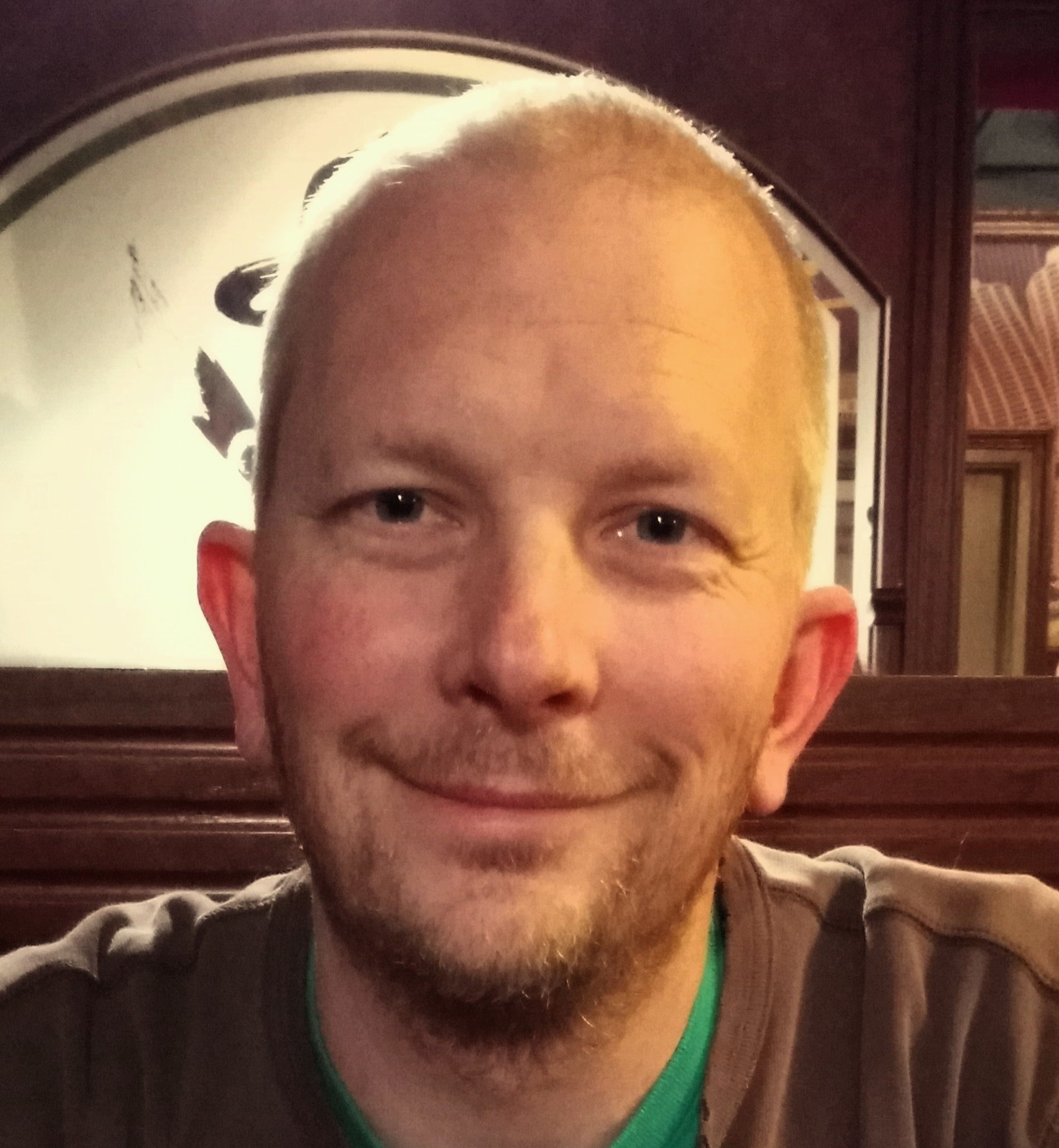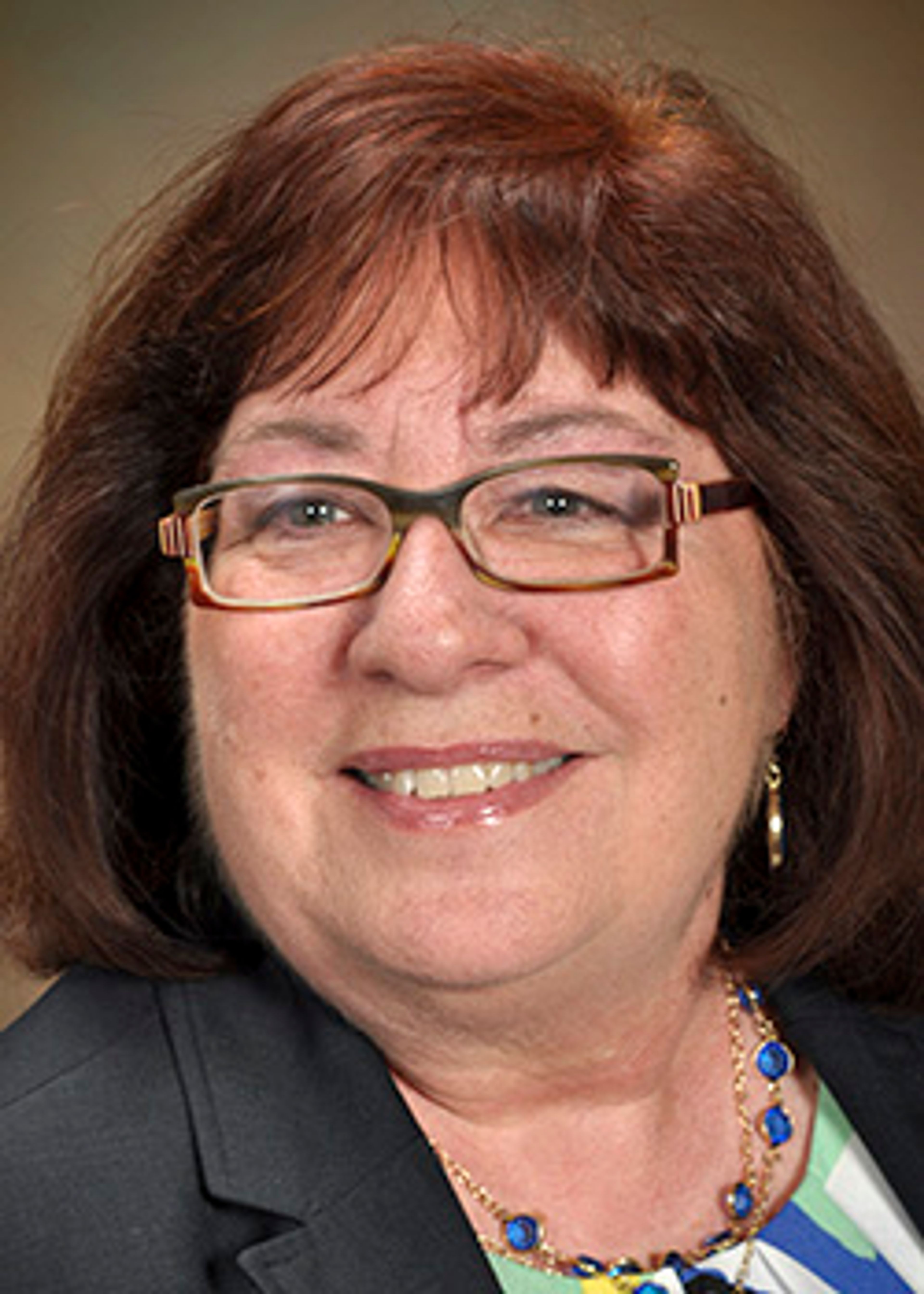OPINION: The cancer club is admitting younger members
Commentary by Todd J. Broadman
After seven months of chemotherapy, Kate Middleton’s cancer is in remission. She was all of 42 years old when handed her diagnosis. As the second-leading cause of death, cancer will claim the lives of one out of six Americans with its maladaptive malignancies.
Princess Kate’s case, though, is setting off more than a few alarm bells in the medical community. The elevated concern has to do with the age of the patient. Over the last two decades, there has been a 79% jump in cancer cases amongst those under 50 years of age. And this exceptional trend arrives in the midst of significant advances in cancer diagnoses and treatments.
Among the terminal cancer patients I would see when I was employed by a local hospice, the very young ones would invariably seize my emotions, my breathing would slow, and deep-seated fears would come up. I couldn’t and still cannot make sense of the flurry of thoughts. Cancer and youth, I had pondered, blend much like oil and water.
Because 12% of all cancer diagnoses are given to the under-50 age bracket, oncologists and researchers in the field are devoting refocused attention to understanding what actually is going on.
What is happening?
While there are not yet any definitive answers, there are well-evidenced correlations. One in particular comes from the type of cancer. Colorectal cancers are now the leading cause of cancer deaths among young men, and the second-leading cause among young women. (Although Middleton’s cancer type is undisclosed, some doctors suspect colorectal cancer based on the circumstances.) Inexplicably, lung cancer has become more common, even with millennials who have no smoking history.
Underscoring the complexities, cancer epidemiologist Dr. Andrew Chan says, “It will be impossible to design a clinical trial that can test all different possible causes of early-onset cancer.” Yet the prevalence of obesity –- a third of all 18-to-25-year-olds are obese –- along with ultra-processed foods, are strongly linked to cancers of the GI tract. Americans' addiction to saturated fats, foods laden with high fructose corn syrup and red meat take a long-term toll on cells and tissues; they are linked to a nasty form of E. coli bacteria in the gut. Only if McDonald's could reverse engineer the human body for a diet of double meat patties with cheese and bacon, fries and a soda!
This sad story though, does not end at the fast-food pickup window. Shockingly, microplastics are more commonly found in many tumors. Our chemically drenched environment is an obstacle course of toxins for toddlers and pregnant mothers alike. The unimaginable comforts brought to us courtesy of Dupont and Monsanto also bestow the gift of early-onset cancers.
This is another urgent wake-up call for Gen-Z and millennials sleepwalking, prying open their eyelids only to respond to the next text. Don’t they know that depression contributes to a predisposition for cancer? Shouldn’t they be using their precious AI bot to enlighten them on the direct effects of stress levels upon the immune system?
As I habitually scour the obituaries, lured in again by my morbid curiosity, there I see her youthful image: smooth skin and that bright smile, taken in the prime of her life. “She fought a courageous battle,” reads the copy, and I wonder to myself why as a society we frame cancer as the contemptable enemy instead of the symptom of a culture, of a lifestyle choice.
The many decades it took for cigarettes to lose their widespread appeal is instructive. Informed smokers willfully enjoyed their nicotine, some in their hospital beds without admitting regret. A kind of inner bargain was brokered. But a twenty something, non-smoker, struck down with lung cancer is another matter entirely. If we insist on framing cancer as the malevolent beast, we risk overlooking the subtle hints of a cancerous culture altogether.
After years of globetrotting, Todd J. Broadman finds himself writing from his perch on the Palouse and loving the view. His policy briefs can be found at US Resist News: https://www.usresistnews.org.








